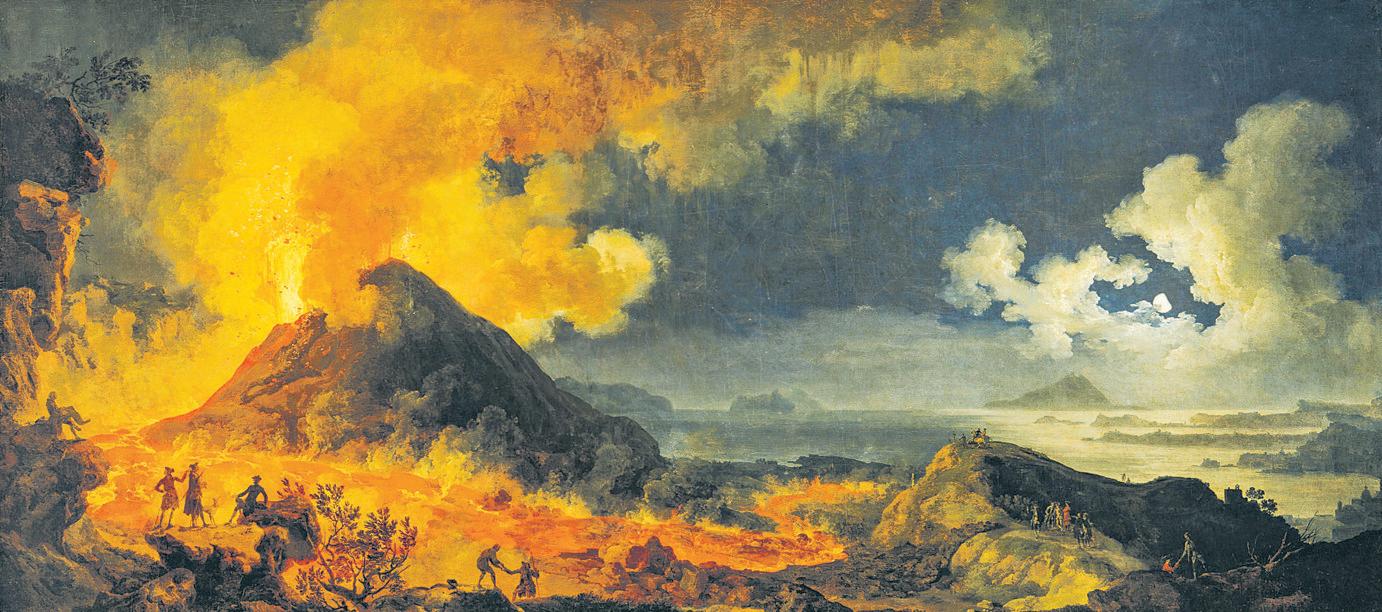
THOSE FOUR WEREN'T a family. That pair wasn't a mother and daughter. And perhaps none of the other narratives meant to illuminate the lives of those who perished together in the ancient eruption of Mount Vesuvius are correct. Those are the implications of a new DNA analysis of their skeletal remains.
When the residents of Pompeii died in a shower of hot ash and rocks erupting from Vesuvius in A.D. 79, the volcanic material enveloped them and their vibrant city in a pyroclastic shroud. Archaeologists uncovering the singularly preserved site assembled stories about its residents, drawing clues from the jewelry they wore and the rooms and company in which they were found.
But analyses of DNA extracted from the bones and teeth of 14 Pompeii residents by an international team of scientists are challenging the archaeological theories.
هذه القصة مأخوذة من طبعة December 28, 2024 من The Wall Street Journal.
ابدأ النسخة التجريبية المجانية من Magzter GOLD لمدة 7 أيام للوصول إلى آلاف القصص المتميزة المنسقة وأكثر من 9,000 مجلة وصحيفة.
بالفعل مشترك ? تسجيل الدخول
هذه القصة مأخوذة من طبعة December 28, 2024 من The Wall Street Journal.
ابدأ النسخة التجريبية المجانية من Magzter GOLD لمدة 7 أيام للوصول إلى آلاف القصص المتميزة المنسقة وأكثر من 9,000 مجلة وصحيفة.
بالفعل مشترك? تسجيل الدخول